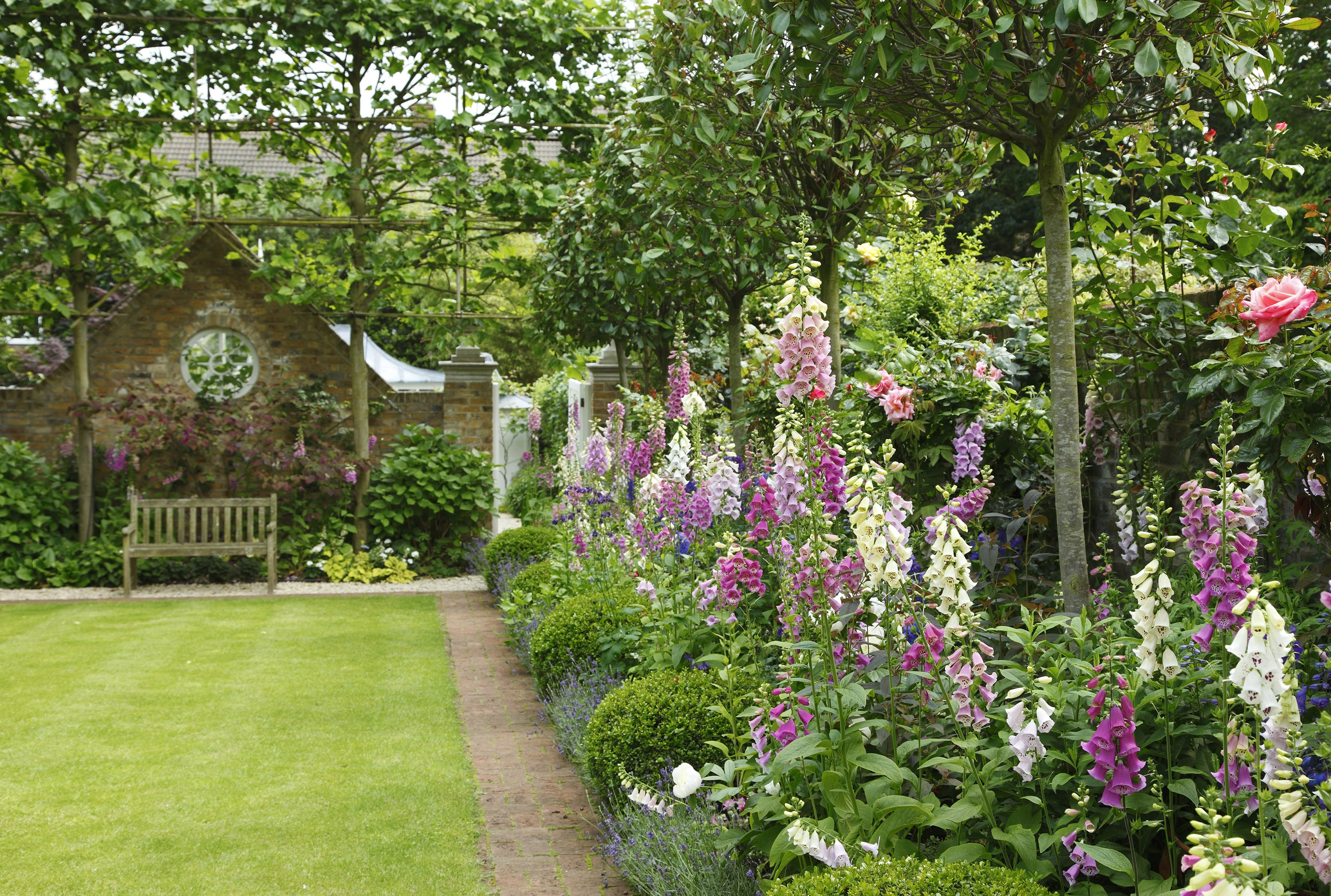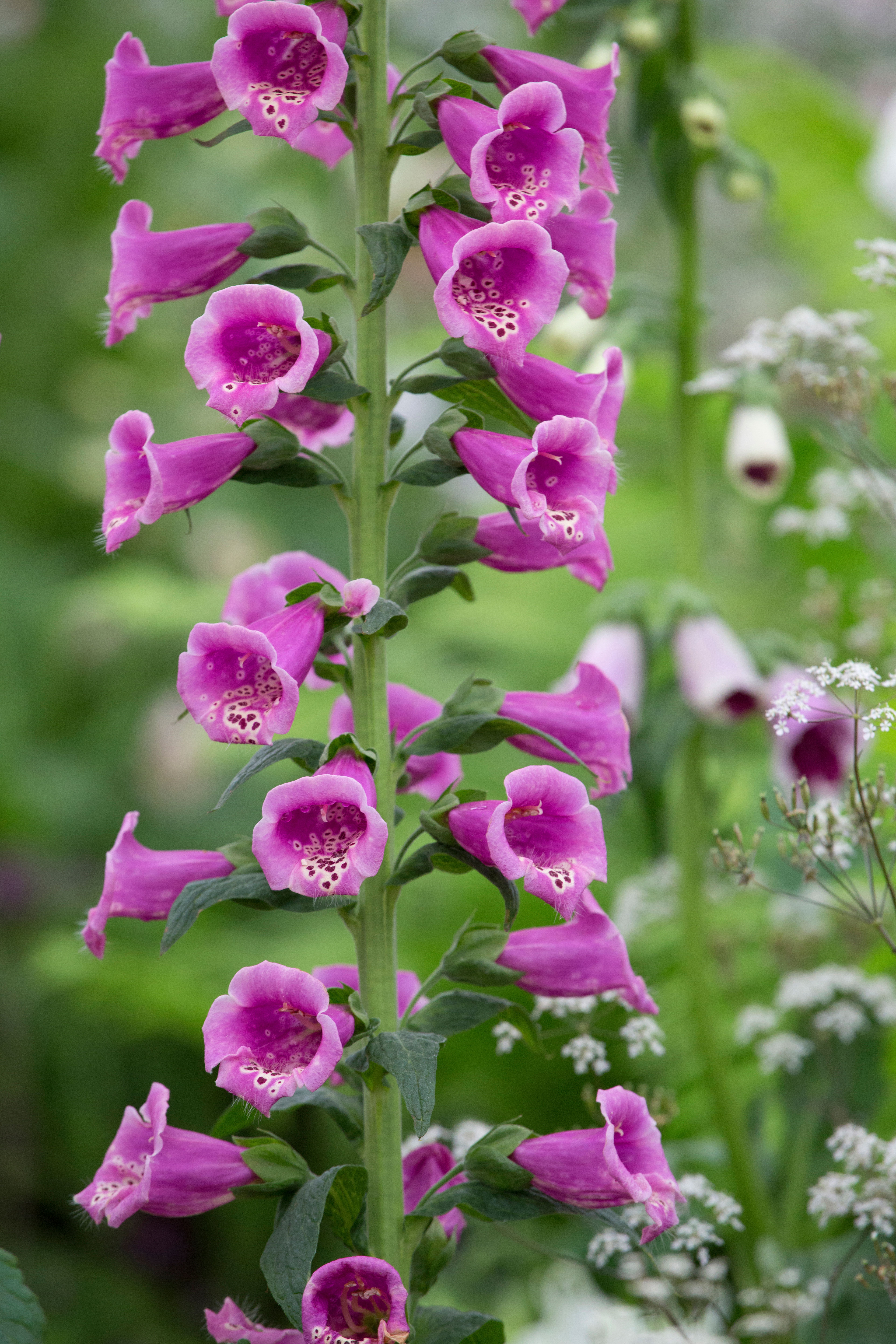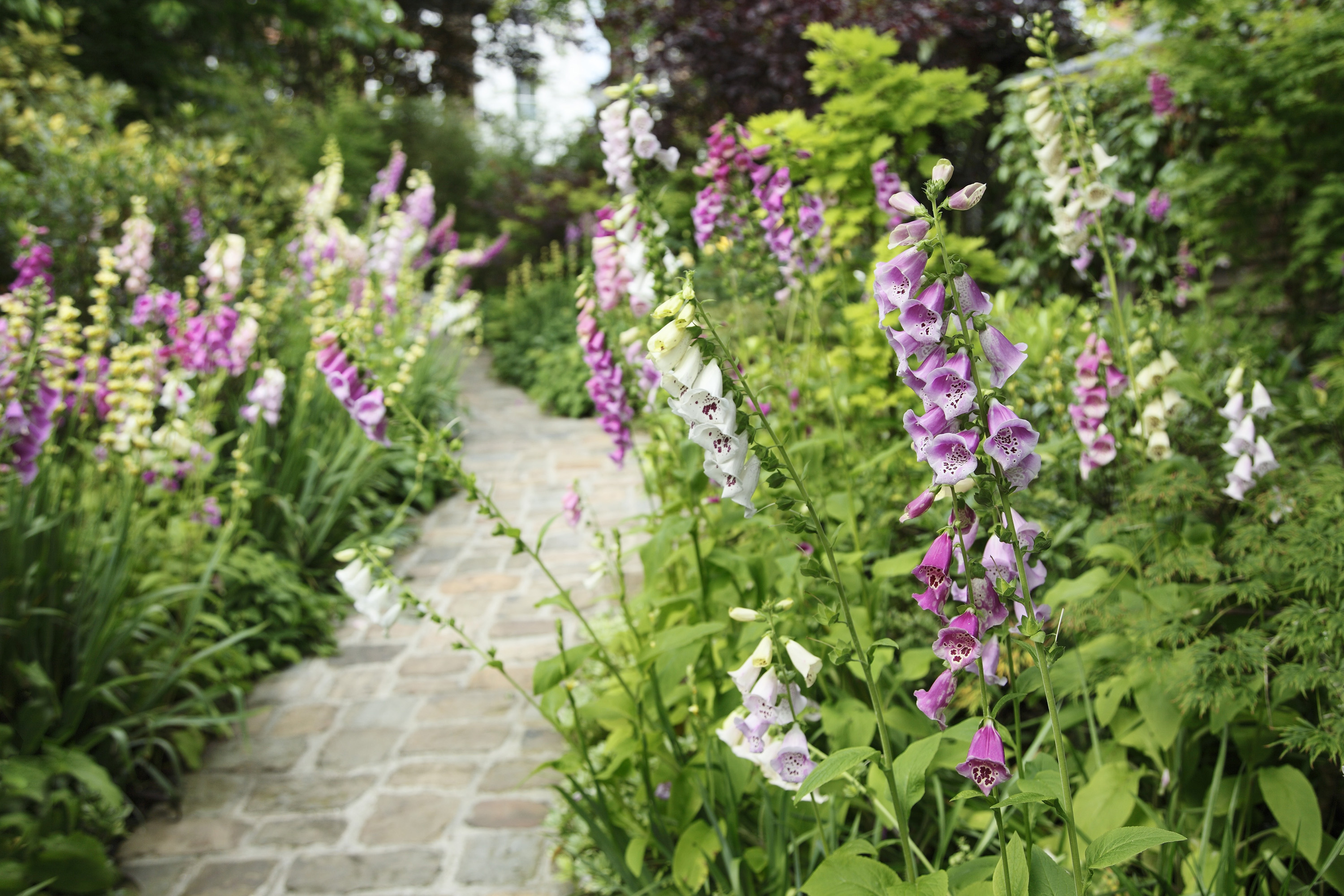Monty Don shares his tips for growing foxgloves – enjoy success with this cottage garden classic
Every cottage garden should have digitalis plants; gardening guru gives his top tips for growing foxgloves successfully

Monty Don's tips for growing foxgloves are just what you need for cottage garden success. Foxgloves or digitalis are a cottage garden classic, giving your planting scheme bursts of height and gorgeous color.
Knowing how and where these plants grow well will make a huge difference to how well your cottage garden ideas pan out. Cottage gardens can be spectacularly pretty, but they do require quite a bit of forward planning, despite the fact that they tend to look relaxed or 'natural'.
The foxglove is one of those plants that will thrive if you properly plan its location, seeding and planting times.

By far the most important thing to know about digitalis is that it's a biannual plant, except for a few perennial varieties. As Monty explains in his blog, 'Biennials differ from annuals, which grow, flower and set seed all in one growing season, in that they grow fast from seed and develop strong roots and foliage in one season and then flower in the next.'
This means that if you plant your foxgloves this spring, you'll only get flowers next summer – you should factor that in when choosing the best cottage garden plants for your planting scheme. Supplement your planting scheme with annuals like sweet peas and snapdragons, and perennials like rosemary and lavender to avoid having bare borders.

Fortunately, foxgloves are self-seeding, so you should have flowers every year once they've established a seeding cycle in your garden, and they'll flower earlier than your annuals. Monty writes: 'The great advantage of biennials in our borders over annuals is that they are hardy enough to withstand a cold winter and quickly produce flowers in spring without having to wait for the plant to grow first.'
The other thing to remember with foxgloves is that they grow quite tall, so you'll want to plant them at the back of your borders for a pretty, layered look that doesn't exclude other flowers.
Giant white foxglove in the writing garden - nearly as tall as the apple trees behind it! pic.twitter.com/RVTIumjPn8June 17, 2019
As Monty Don demonstrates in a Tweet from his own garden, some foxgloves grow supremely tall and can make for a fabulous accent in a cottage garden. Plant them in a dappled-shade spot in a woodland patch in your garden and digitalis will punctuate the greenery in a spectacular way.
Just remember to always wash your hands after touching these plants – they are toxic.
Anna writes about interior design and gardening. Her work has appeared in Homes & Gardens, Livingetc, and many other publications. She is an experienced outdoor and indoor gardener and has a passion for growing roses and Japanese maples in her outside space.
